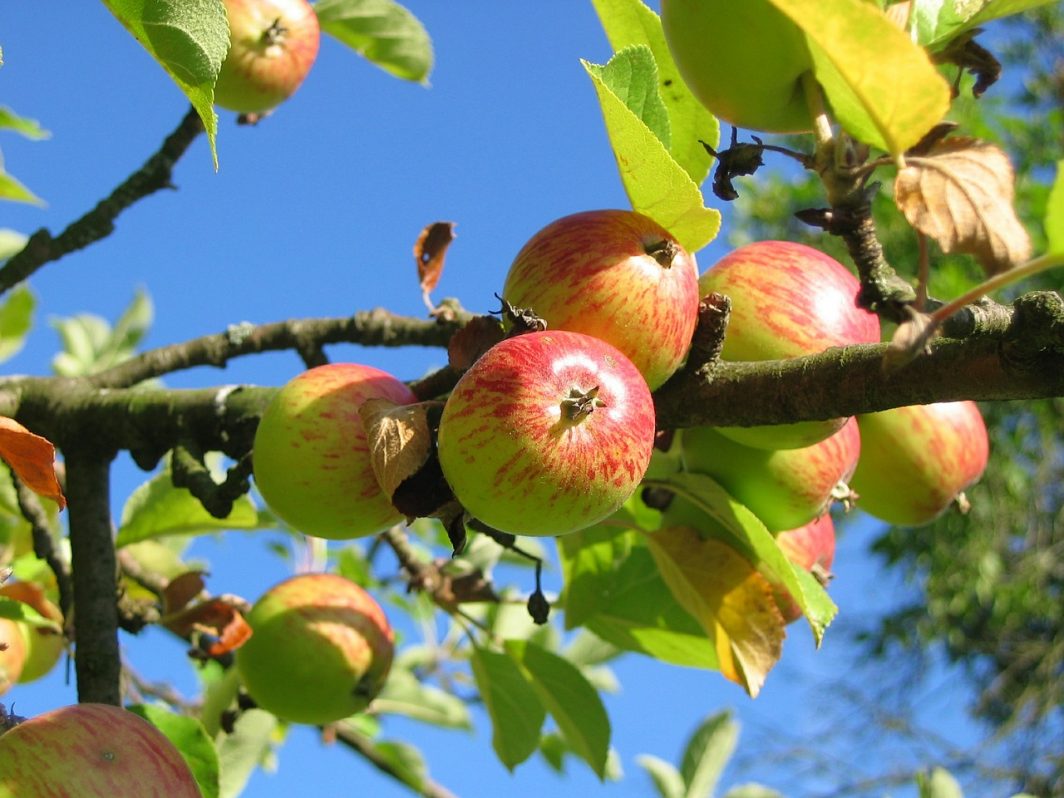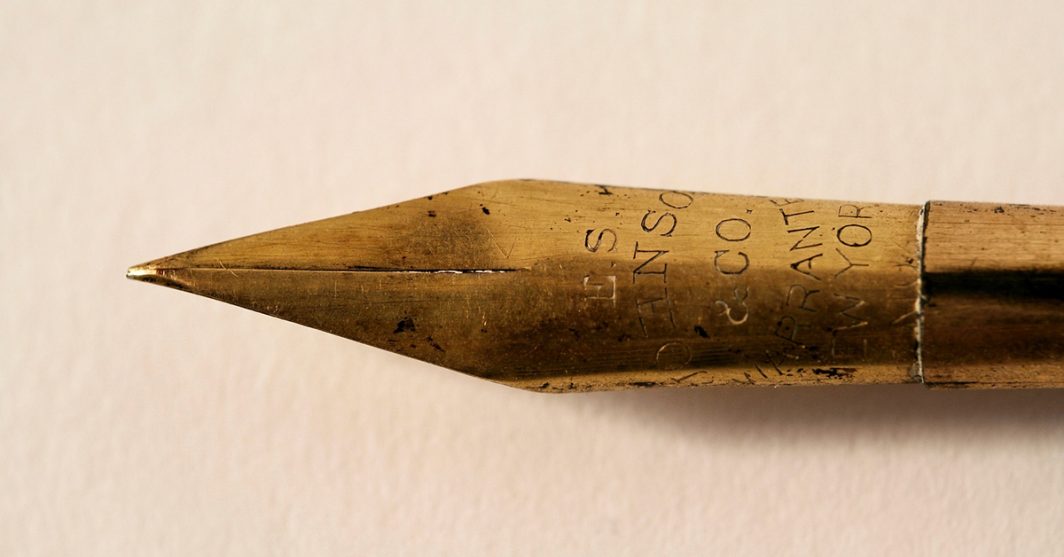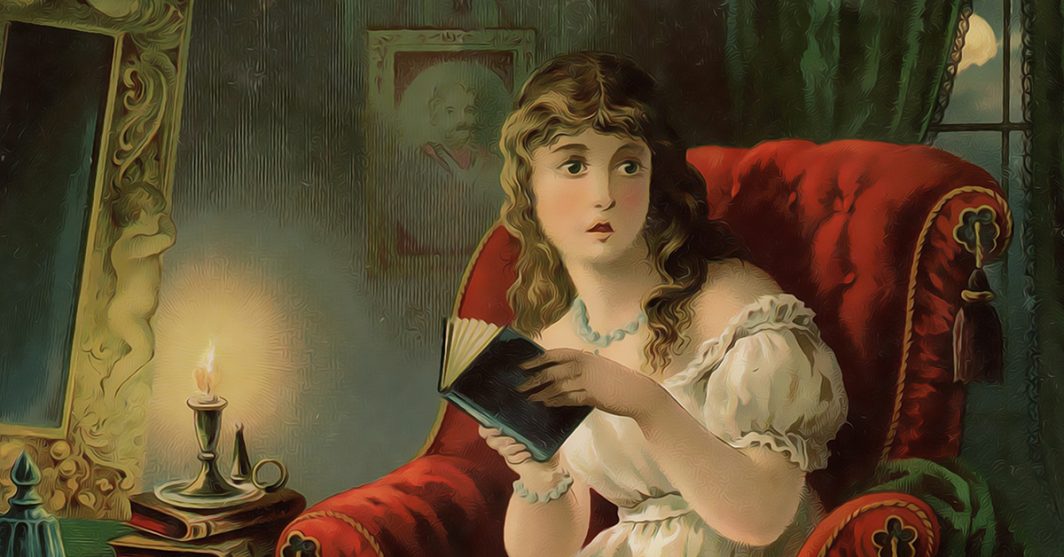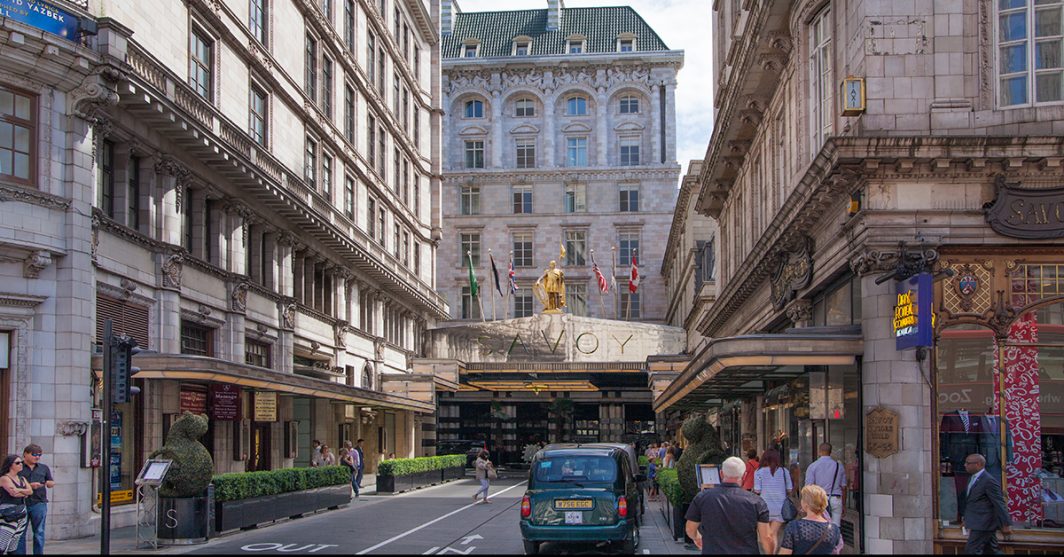Known as floriography, the cryptic message of flowers has been used for thousands of years. The Victorians especially, loved how they could use flowers to send small bouquets (or nosegays) of coded messages to their loved ones. These flowers could be worn or carried as fashion statements, whilst the message itself could be decoded with a bit of patience and … Read More
The Victorian Kitchen Garden
The kitchen garden at Grim’s Dyke supplies us with fresh fruit, vegetables, edible flowers and herbs for our restaurant guests. It also provides a rich environment for wild bees, insects and animals. During Gilbert’s time, this wouldn’t have been any different. The Victorian kitchen garden was a true work of art, run by its king – the head gardener. He … Read More
Afternoon Tea Delights
There is nothing more quintessentially British than a much loved afternoon cream tea. Henry James said it best, “There are few hours in life more agreeable than the hour dedicated to the ceremony known as afternoon tea.” This delightful English tradition started, when a lady felt a little peckish one late afternoon before dinner in 1840! Waiting from lunch until … Read More
Popular Victorian Parlour Games
Parlour games were incredibly popular during the Victorian era, as I’m sure Sir and Lady Gilbert would attest! They were played primarily by the middle and upper classes, as a means to entertain dinner party guests and small family gatherings. Parlour games were designed for indoor entertainment and were primarily played in the parlour; hence the name ‘parlour game’. They … Read More
Why do we throw confetti at a wedding?
There’s something special about confetti blowing in the breeze at a wedding. Confetti has long been a tradition at weddings and other celebratory occasions, but when did it start and why the tradition? Celebrating the union of a happy couple As early as the 14th Century, the most popular things thrown at celebratory events were flowers, rice, coins, seeds, fruit, … Read More
Victorian Orchards
Fruit growing rose in popularity during the 1870s and became an important pastime of the Victorians. No longer was fruit growing limited to farmers, looking to produce Perry and cider, as a form of payment to their labourers, the wealthier Victorians created orchards on their estates too. These comprises of not just apples and pears, but also stone fruits too, … Read More
William Gilbert – an early influence on W.S. Gilbert?
In 1861, a 26-year-old W.S. Gilbert began supplementing his income by writing illustrated stories, poems and articles of his own. During this period, his series of illustrated poems, the ‘Bab Ballads’ became increasingly popular. However, W.S. Gilbert also illustrated the poems and short stories for others during this period – including those of his father, William Gilbert. Although William Gilbert … Read More
The Gaiety Theatre
The Gaiety Theatre was built in 1864, on the former site of the Lyceum Theatre. Originally established as the Strand Musick Hall, it took four years to become known as the Gaiety Theatre. John Hollingshead Under the management of John Hollingshead, the Gaiety Theatre was known for musical burlesque, pantomime and operetta performances. It was also synonymous with being a … Read More
W.S. Gilbert, writer of Victorian burlesque?
W.S. Gilbert’s first solo success came in 1866. It came about after his friend and mentor, Tom Robertson, was asked to write a pantomime but declined, due to the timescale – two weeks. He recommended Gilbert. The pantomime ‘Dulcamara, or the little duck and the great quack’ was the end result. The pantomime was a Victorian burlesque, based on Gaetano … Read More
D’Oyly: the man who initiated the Gilbert & Sullivan collaboration
Richard D’Oyly Carte, English composer, talent agent, impresario and hotelier, was born in the West End of London on 3rd May 1844. He was instrumental in bringing together W.S. Gilbert and Arthur Sullivan, as well funding and creating two of London’s theatres, an opera company and the incredibly successful Savoy chain of hotels. Carte was born into a family that appreciated … Read More
- Page 1 of 2
- 1
- 2










